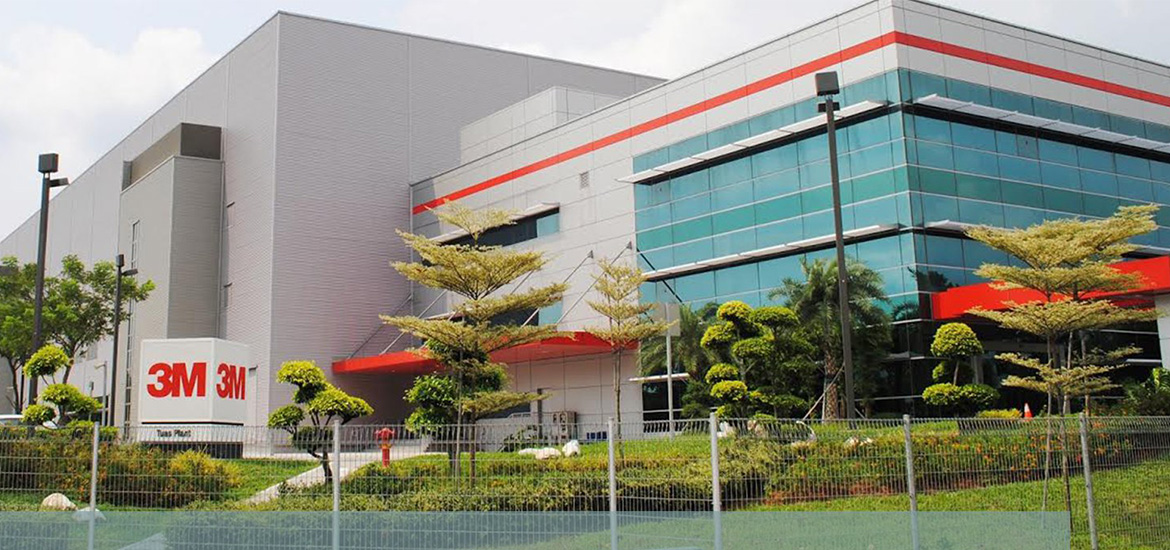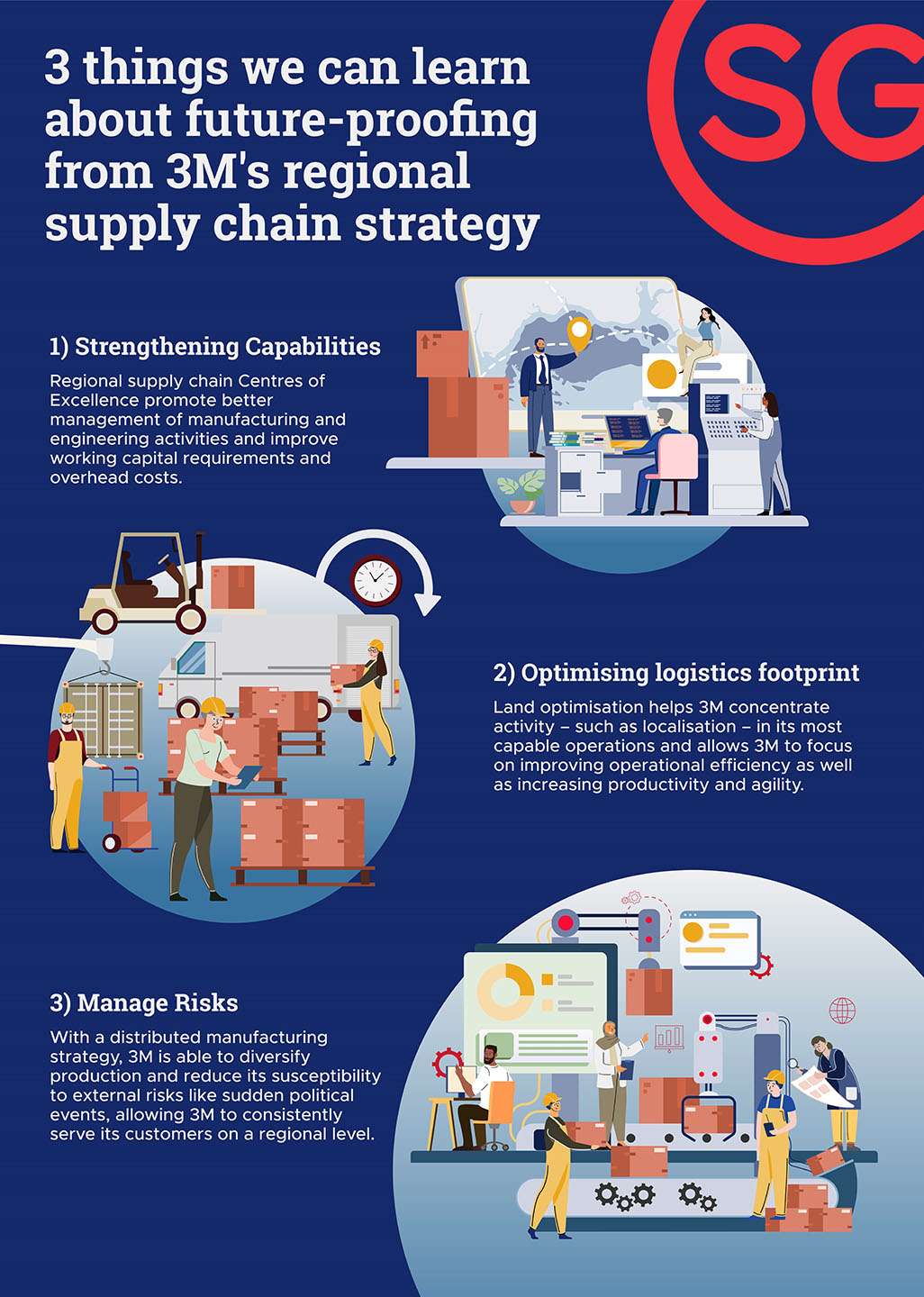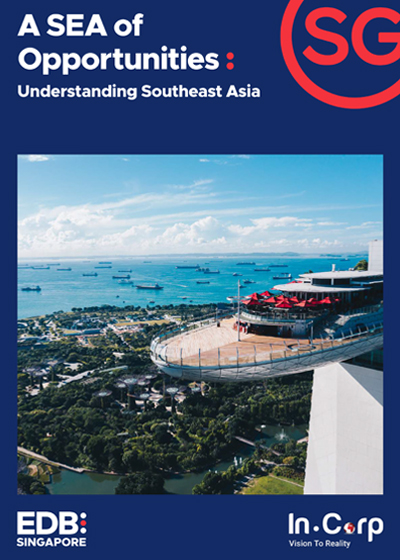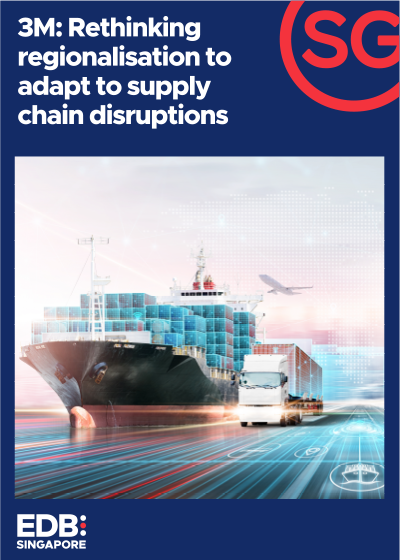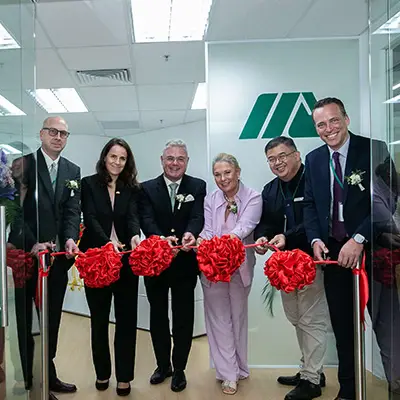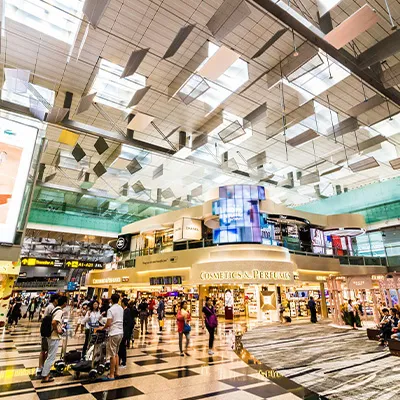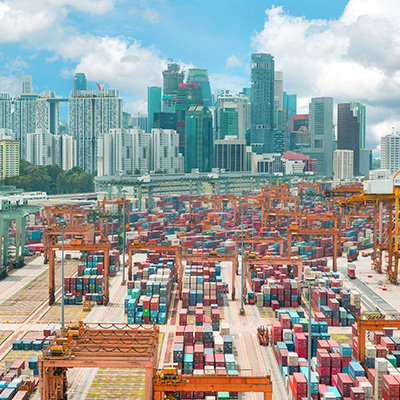Since the pandemic, we've seen how susceptible supply chains can be to external disturbances. Global disruptions exposed the vulnerabilities of complex supply chains and revealed how abruptly production and manufacturing processes could ground to a halt.
However, with challenges also come opportunities—discovering potential vulnerabilities and pain points has led companies to rethink the way that they manage and run their businesses.
In particular, against the backdrop of a world confronted by a possible ‘polycrisis’, a term used to describe a series of volatile and interconnected global crises, building and increasing supply chain resilience has become a top priority for business leaders and decision makers.
To boost supply chain resilience in the face of evolving pressures and constraints, Multi-National Enterprises (MNEs) must move to reorganise and re-examine their existing supply chain networks. This could entail relocating their manufacturing footprint and diversifying their sources of supply.
Reshoring, which entails shifting manufacturing operations to the same country in which the company is operating in, may not be the most effective strategy to manage risks.
Rather, regionalisation – a process of splitting manufacturing footprint across more localised economies could enhance supply chain resiliency and allow teams to respond to disruptions quickly. It also further empowers companies to tailor the production and distribution of goods to match the preferences of consumers in the region in a more time- and cost-efficient way1 .
